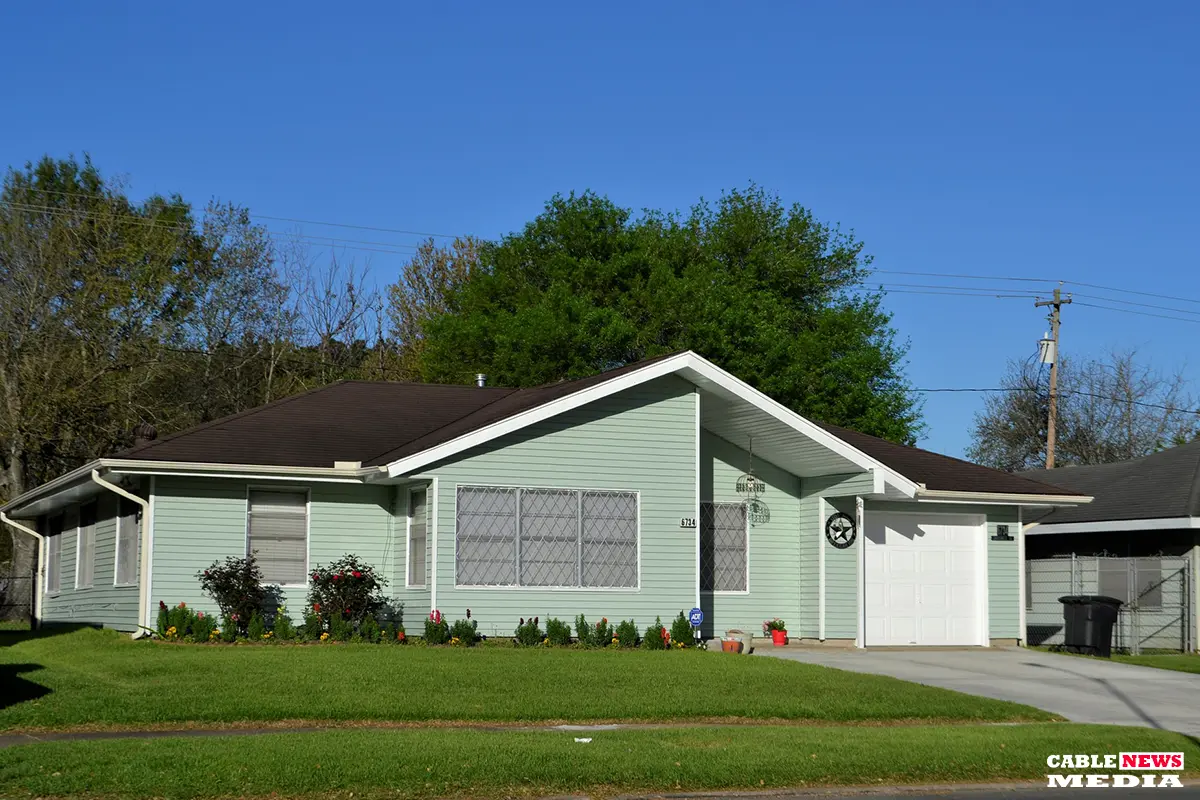The Key Points
- The Akron housing market remains highly competitive, with homes selling in an average of 28 days.
- Median home prices in Akron are $134,000, a modest increase of 0.9% compared to last year.
- Buyers are drawn to Akron for its affordability; median prices are 69% lower than the national average.
- Migration trends show a significant influx of buyers from larger metros like New York, Los Angeles, and Chicago.
- Homebuyers within Akron primarily search for properties in the metropolitan area, with nearby Columbus a popular relocation destination.
Akron Housing: Competitive and Affordable
Akron’s housing market continues to draw attention for its affordability and competitiveness, making it a hot spot for local and out-of-state buyers. With a median home price of $134,000—up 0.9% from last year—Akron offers an affordable alternative to the national average of $428,000. This affordability, coupled with a robust job market and lower cost of living, positions Akron as a prime destination for homebuyers seeking value.
According to Redfin, homes in Akron are highly sought after. They often receive multiple offers and spend just 28 days on the market, slightly increasing from 26 days in the previous year. The sale-to-list price ratio remains strong, with most homes selling within 2% of their asking price. Hot properties, however, can fetch up to 3% over the list price and go under contract in as little as seven days.
Migration Trends: Akron Attracts Big City Buyers
Migration data reveals a fascinating trend: Akron is attracting buyers from large metropolitan areas. Over the past quarter, New York City, Los Angeles, and Chicago emerged as the top three sources of inbound buyers. Akron’s affordability and small-town charm are significant draws for individuals seeking relief from larger cities' high costs and fast-paced lifestyles.
Conversely, most Akron residents who relocate choose to stay within Ohio. Columbus, Youngstown, and Toledo rank as the top destinations for Akron homebuyers, reflecting the appeal of nearby urban centers. The data underscores Akron’s status as a desirable entry point for out-of-state buyers and a cornerstone for intrastate relocations.
Local Market Dynamics: A Shift in Inventory and Demand
While demand remains high, Akron’s market faces challenges in inventory. The total number of homes sold in October 2024 fell to 235, down from 258 in the same period last year. Despite this dip, competition among buyers remains fierce, with specific neighborhoods experiencing surges in interest. Highland Square, Ellet, and West Akron are among the areas garnering significant attention.
Additionally, Akron’s older housing stock presents unique opportunities and challenges. Many buyers are drawn to the character of historic homes, but these properties often require renovations, creating demand for skilled trades and local suppliers. This dynamic drives interest in modernized listings and homes featuring updated amenities, particularly in neighborhoods like Wallhaven and Northwest Akron.
The Role of Affordability in Driving Growth
One of Akron’s standout features is its affordability. With a cost of living 10% lower than the national average, Akron provides a budget-friendly option for buyers looking to maximize their purchasing power. This has made the city particularly appealing to first-time homebuyers and investors seeking rental properties.
Median sale prices for homes in Akron are nearly 69% lower than the national average, making it an attractive market for remote workers and retirees. Real estate experts predict that Akron’s affordability will continue to fuel demand, particularly as housing costs in nearby metros like Cleveland and Columbus trend upward.
Economic and Development Impacts on Housing
Akron’s economic landscape plays a vital role in shaping its housing trends. The city’s steady job market, bolstered by sectors like healthcare, manufacturing, and education, supports a growing base of potential buyers. Additionally, recent infrastructure investments, such as improved public transportation and urban revitalization projects, enhance the city’s appeal.
Developments like the Firestone Business Park and the revitalization of downtown Akron have spurred interest in nearby residential areas. These initiatives attract workers to the city and create opportunities for developers to capitalize on the rising demand for housing.
Looking Ahead: What to Expect in 2025
As Akron enters 2025, experts predict a steady rise in home prices, though the growth rate may remain modest. Affordability will likely keep the market competitive, especially for buyers from larger metros. Inventory challenges, however, may persist, necessitating creative solutions from developers and city planners.
Akron’s housing market, characterized by its balance of affordability and competition, is well-positioned to navigate the uncertainties of the broader real estate landscape. Whether you’re a buyer seeking value, an investor exploring opportunities, or a resident monitoring trends, Akron’s real estate market is one to watch in the coming year.

Jenifer Diaz brings a wealth of journalistic experience and a passion for storytelling to her role as Editor at CableNewsMedia. With over a decade of experience in local and regional reporting, she is dedicated to delivering impactful, community-centered news that resonates with readers across Akron and Central Ohio. Known for her keen eye for detail and commitment to journalistic integrity, Jenifer ensures that every story published reflects the values of accuracy, fairness, and independence.
















